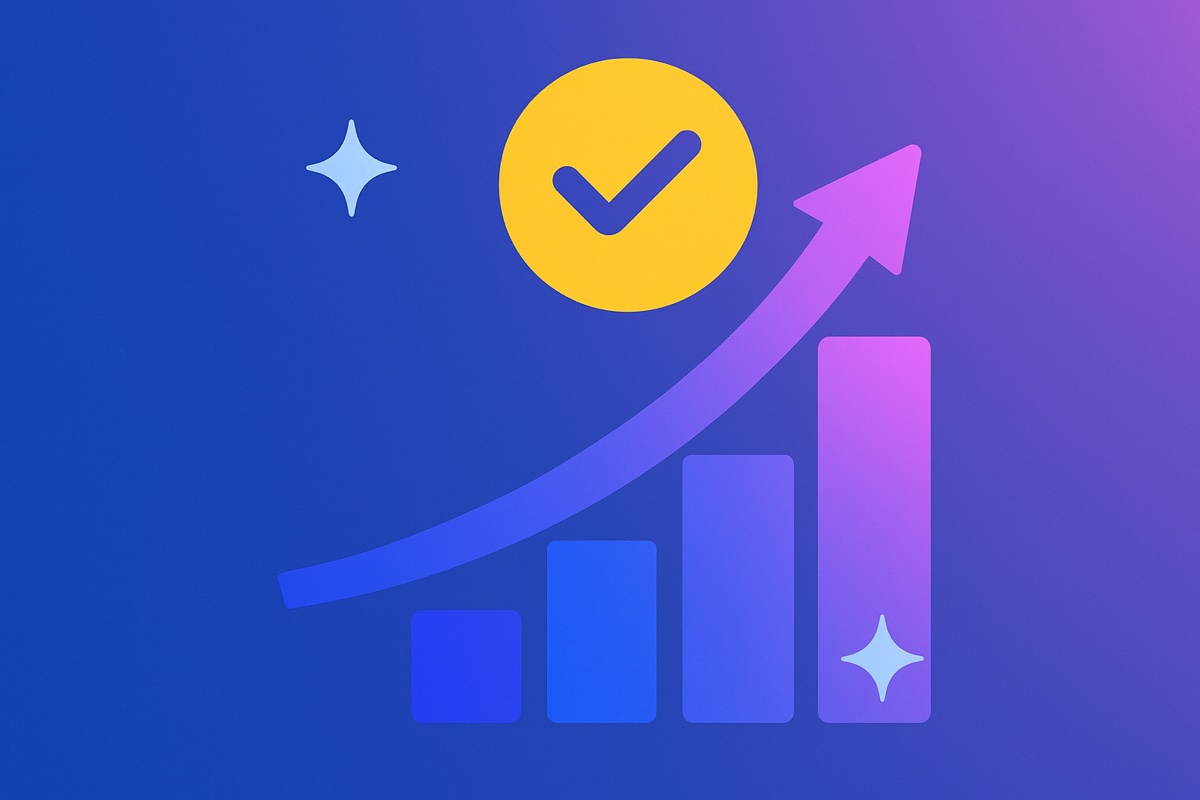Core Web Vitals: The Performance Foundation of GEO Success
As AI systems become increasingly sophisticated in evaluating content quality and source credibility, page performance has emerged as a critical ranking factor for Generative Engine Optimization (GEO). Unlike traditional SEO where slow sites might still rank, AI engines like ChatGPT, Perplexity, and Google’s AI Overviews actively penalize poor-performing websites in their citation and retrieval algorithms.
The evidence is overwhelming: websites meeting Google’s Core Web Vitals “Good” thresholds achieve higher citation rates in AI-generated responses and better accuracy in content representation. More critically, sites failing Core Web Vitals often face complete exclusion from AI training datasets and real-time retrieval systems.
Performance Reality Check: AI systems interpret poor Core Web Vitals as signals of low authority and credibility. A site with excellent content but poor performance metrics will consistently lose citation opportunities to technically superior competitors.
Why Core Web Vitals Matter More for GEO Than Traditional SEO
While Google uses Core Web Vitals as one of many ranking factors, AI systems treat performance metrics as direct indicators of source quality and reliability. This fundamental difference makes Core Web Vitals optimization essential—not optional—for GEO success.
The GEO Performance Advantage
AI engines prioritize fast-loading sites because:
- Processing Efficiency: Fast sites allow AI systems to allocate more resources to content analysis rather than waiting for page loads
- User Experience Correlation: AI systems associate good performance with high-quality, authoritative sources
- Reliability Signals: Consistent performance indicates stable, trustworthy infrastructure
- Mobile Accessibility: Superior mobile performance aligns with AI systems’ mobile-first indexing preferences
Understanding Core Web Vitals Through the GEO Lens
Largest Contentful Paint (LCP): AI Processing Speed
GEO Target: Under 1.5 seconds (stricter than Google’s 2.5s recommendation)
AI systems evaluate LCP as a direct indicator of content accessibility and source reliability. Sites with faster LCP scores consistently achieve higher citation rates.
GEO-Specific LCP Optimization:
- Above-the-fold Content Priority: Ensure your most citation-worthy content loads first
- Image Optimization: Use next-gen formats (WebP, AVIF) with proper sizing for key content images
- Server Response Optimization: Achieve sub-200ms TTFB for AI crawler efficiency
- Critical Resource Preloading: Prioritize fonts, hero images, and essential content elements
Interaction to Next Paint (INP): AI Trust Signals
GEO Target: Under 100ms (stricter than Google’s 200ms recommendation)
INP has become crucial for GEO because AI systems interpret responsiveness as an indicator of overall site quality and user experience reliability.
INP Optimization for GEO:
- JavaScript Optimization: Minimize main thread blocking for faster AI interaction processing
- Event Handler Efficiency: Optimize click, tap, and keyboard event processing
- Task Scheduling: Use scheduler.postTask() for non-critical JavaScript execution
- Third-Party Script Management: Defer or eliminate non-essential scripts that impact responsiveness
Cumulative Layout Shift (CLS): Content Stability for AI
GEO Target: Under 0.05 (stricter than Google’s 0.1 recommendation)
AI systems require stable content layout for accurate parsing and understanding. High CLS scores can cause AI misinterpretation and citation errors.
CLS Optimization Strategies:
- Reserve Space: Always specify dimensions for images, videos, and ads
- Font Loading: Use font-display: swap with font preloading to prevent text layout shifts
- Dynamic Content: Reserve space for user-generated content and dynamic elements
- Animation Optimization: Use transform and opacity properties for smooth animations
Performance Testing for AI Compatibility
Comprehensive Testing Strategy
Effective Core Web Vitals optimization for GEO requires multi-layered testing approaches:
1. Lab Testing Tools
- Google PageSpeed Insights: Comprehensive performance analysis with improvement suggestions
- WebPageTest: Detailed waterfall charts and performance breakdowns
- Lighthouse CI: Automated performance monitoring in development workflows
- Chrome DevTools: Real-time performance profiling and optimization
2. AI-Specific Testing
- Bot Traffic Analysis: Monitor performance specifically for AI crawlers
- Mobile-First Testing: Prioritize mobile performance measurement
- Global Performance Testing: Ensure consistent performance across geographic regions
Common Core Web Vitals Mistakes That Hurt GEO
Critical Optimization Errors
1. Desktop-Only Optimization: Focusing solely on desktop performance while neglecting mobile metrics that AI systems prioritize.
2. Lab Data Obsession: Optimizing for synthetic testing while ignoring real user performance data that AI systems actually evaluate.
3. Single-Page Focus: Optimizing only homepage or landing pages while neglecting content pages that drive AI citations.
4. Incomplete Implementation: Achieving good scores on some Core Web Vitals while ignoring others, creating performance inconsistencies.
The ROI of Core Web Vitals for GEO
Organizations investing in comprehensive Core Web Vitals optimization see measurable GEO improvements:
Performance Impact Data
- Citation Rate Increase: improvement in AI citation frequency
- Content Accuracy: better accuracy in AI content representation
- Mobile Visibility: improvement in mobile-first AI indexing
- Authority Recognition: increase in expert/authority citations
Your Core Web Vitals GEO Action Plan
Ready to optimize Core Web Vitals for maximum GEO impact? Follow this strategic implementation roadmap:
- Performance Baseline: Comprehensive audit of current Core Web Vitals scores
- Priority Page Identification: Focus on content pages with highest citation potential
- Mobile-First Optimization: Prioritize mobile performance improvements
- Technical Implementation: Address LCP, INP, and CLS systematically
- Real User Monitoring: Implement comprehensive performance tracking
- GEO Impact Measurement: Monitor citation rate improvements following optimization
- Continuous Enhancement: Ongoing optimization based on performance data and AI feedback
Core Web Vitals optimization isn’t just about user experience anymore—it’s about building the performance foundation that AI systems require for trust and citation. Organizations that achieve superior Core Web Vitals scores will dominate generative search results and capture the growing audience of AI-powered information seekers.
Ready to optimize Core Web Vitals for GEO dominance? Our performance specialists can implement comprehensive optimizations that ensure your site meets the demanding performance standards of modern AI systems and generative engines.


